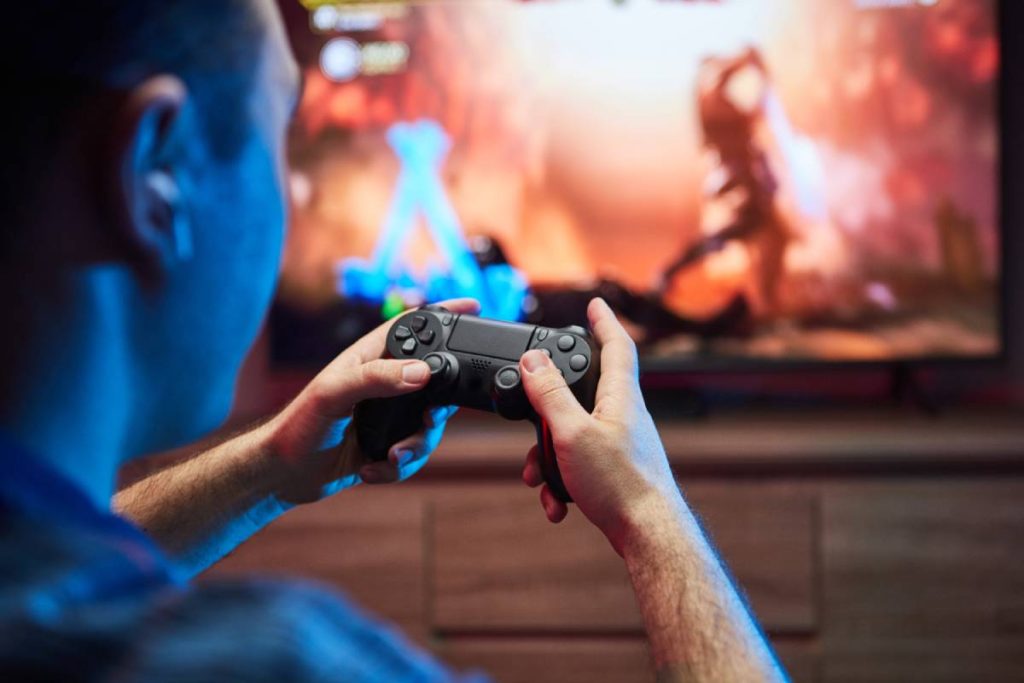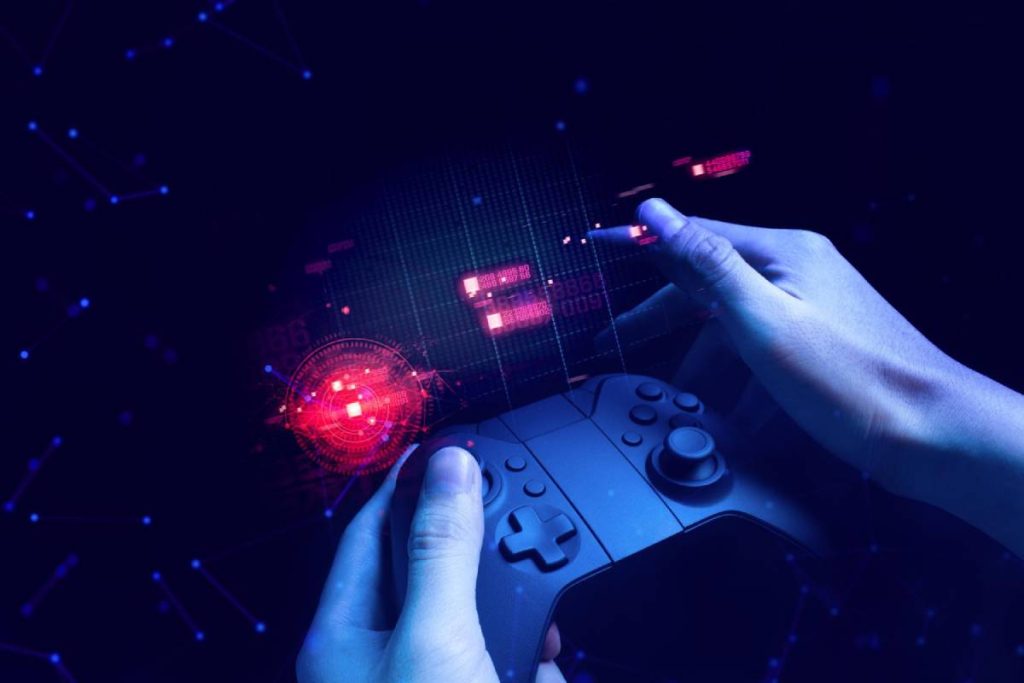Nintendo Switch 2 pricing has stirred excitement and curiosity among gamers anticipating the new console’s launch. At a recent shareholders meeting, Nintendo president Shuntaro Furukawa assured investors that the price of the Switch 2 is justified by the advanced gaming experiences it offers. As demand continues to outstrip supply in several countries, especially Japan, consumers are keen to understand how Nintendo’s pricing strategy will impact their gaming choices. With concerns regarding rising development costs and the introduction of Game-Key Cards, potential buyers are looking for clarity on how these factors will influence Nintendo console prices. Furukawa’s commitment to monitoring pricing barriers, especially for young gamers, highlights the company’s awareness of the delicate balance between profitability and accessibility in the gaming market.
The pricing debate surrounding the new Nintendo console, often referred to as the Switch 2, raises questions about the company’s future direction. As Nintendo gears up for the Switch 2 launch, both fans and industry experts are analyzing Shuntaro Furukawa’s statements regarding production costs and market demand. The anticipation is palpable, especially as gamers gauge how Nintendo’s innovative approaches to software distribution—particularly with the Game-Key Cards—will affect overall consumer experience. Amid ongoing Nintendo supply issues, understanding the company’s pricing strategy becomes crucial for potential buyers hoping to secure their console amidst a competitive market. With this context, the dynamics of Nintendo console prices will play a significant role in shaping the success of the Switch 2.
Understanding Nintendo Switch 2 Pricing
Nintendo has made significant responses regarding the pricing of the highly anticipated Switch 2, focusing on the value it brings to gamers. At a recent shareholders meeting, President Shuntaro Furukawa emphasized that the price set for the console reflects the premium gaming experience it promises. He reassured stakeholders that the company’s primary concern is not just about profits, but ensuring that the price does not hinder access for younger audiences. Furukawa stated, “We are monitoring closely how the system’s price might become a barrier,” indicating Nintendo’s commitment to balancing profitability and accessibility.
Nonetheless, concerns about the pricing do not exist in a vacuum. The hardware enhancements that the Switch 2 brings, such as improved graphics and performance, might inherently inflate development costs for game creators. As Furukawa noted, rising development expenses can ultimately lead to steeper software prices. Thus, as Nintendo aims to keep the Switch 2 affordable while enhancing its features, it must also navigate the complex landscape of rising production costs and potential impacts on future software pricing.
Supply Chain and Demand Dynamics of Switch 2
The demand for Nintendo Switch 2 has significantly exceeded supply in various regions, particularly in Japan where its launch witnessed an unprecedented response. Shuntaro Furukawa revealed that over 2.2 million individuals applied for pre-orders, setting new records for console launches across the board. This overwhelming interest elucidates not only the excitement surrounding the console but also the challenges Nintendo faces in terms of manufacturing and fulfilling orders. In response, the company is strengthening its production capabilities to meet the high demand.
Furthermore, the unique pre-order process implemented by Nintendo raised eyebrows. By placing restrictions aimed at prioritizing long-term Nintendo fans, the company sought to ensure that devoted customers have the first opportunity to purchase the console. While some customers welcomed this approach, others critiqued it, leading to a mixed reception. Furukawa acknowledged the feedback and stated that it will be evaluated to improve future processes. This balancing act between supply, consumer loyalty, and feedback is critical for Nintendo as it navigates this explosive market.
Game-Key Cards and Their Impact on Game Distribution
One of the notable shifts for the Nintendo Switch 2 is the implementation of Game-Key Cards, which act as unlock keys rather than traditional cartridges. Although this approach addresses the growing nature of game sizes, it has sparked concern among industry insiders regarding its implications for game preservation and access. Publishers have expressed apprehensions about this model, highlighting the need for serious consideration of preservation in an era where digital access grows increasingly important.
In a bid to reassure investors and developers, Shuntaro Furukawa emphasized Nintendo’s commitment to collaborating with publishers to adapt to these new distribution methods. He stated, “We will continue to work closely with publishers to support various distribution methods available on the Switch 2,” reiterating that Nintendo is open to exploring multiple formats, which could address potential preservation issues while delivering quality content to consumers. This flexible approach could serve as a foundation for ensuring that both developers and players feel supported within the Switch 2 ecosystem.
Shuntaro Furukawa’s Insights on the Future of Nintendo
Furukawa’s statements during the annual shareholders meeting reflect a proactive approach regarding the future of Nintendo and the Switch 2 console. His transparency about pricing and supply challenges exhibits a clear strategic vision aimed at maintaining Nintendo’s legacy while adapting to modern gaming demands. With the ongoing evolution of the gaming landscape, Furukawa recognizes the importance of addressing consumer feedback and adjusting strategies accordingly.
Additionally, Furukawa’s acknowledgement of rising development costs underscores a critical challenge that many companies face in the gaming industry. His commitment to exploring innovative development strategies signifies a forward-thinking mentality. As Nintendo seeks to balance quality, affordability, and accessibility, his leadership will likely be pivotal in shaping the future trajectory of the Switch brand and its software offerings.
Navigating the Nintendo Console Prices Landscape
With the introduction of the Nintendo Switch 2, the conversation around console prices has heightened, particularly as fans eagerly await for the latest innovations. The price point set by Nintendo not only impacts consumers but also has broader implications across the console market. As Furukawa stated, the pricing is reflective of the gaming experience, thus reminding consumers of the enduring value Nintendo is known for, even amid concerns about an inflation in gaming prices.
Furthermore, as different publishers grapple with rising development expenses, Nintendo’s pricing strategies could set a precedent within the broader console market. Observers of the gaming industry are keenly watching how these prices will influence competitor offerings, especially as more companies emerge with high-end gaming systems. It will be intriguing to see how Nintendo balances quality and affordability in a competitive landscape, as their decisions will invariably shape price trends in the gaming industry.
The Role of Feedback in Shaping Nintendo’s Strategies
Emphasizing the importance of consumer feedback, Shuntaro Furukawa indicated that Nintendo is committed to leveraging insights from customers and industry stakeholders. Feedback surrounding the Switch 2 pre-order process has already prompted discussions within the company, as they assess its effectiveness and areas for improvement. This willingness to adapt represents a significant aspect of Nintendo’s approach to engaging with their dedicated fan base.
By actively seeking out and listening to feedback, Nintendo can refine its strategies, enhance customer satisfaction, and foster a more loyal user community. As the gaming industry evolves, ensuring that consumer voices are heard will play a crucial role in the long-term success of Nintendo titles and console offerings. Being adaptable can facilitate growth, and by aligning with fan expectations, Nintendo is poised to carve out a bright future in the gaming landscape.
Consumer Access and Market Accessibility of Switch 2
A major focus of Nintendo as it rolls out the Switch 2 is ensuring that the console is accessible to all potential consumers, especially younger audiences. The price point, while justified through the technological advancements of the console, raises uncomfortable questions about whether the costs might exclude certain demographics. Shuntaro Furukawa has expressed that the company is cognizant of these issues and is working to keep the console within reach for younger gamers who are a significant part of Nintendo’s core audience.
Additionally, the implementation of specific pre-order criteria aims to enhance consumer access for loyal Nintendo fans. By prioritizing individuals who have consistently engaged with the company’s services, Nintendo is attempting to reward those committed to its ecosystem. This dual approach of maintaining fair pricing while encouraging loyalty reflects a nuanced understanding of consumer dynamics, which could enhance accessibility in an increasingly competitive market.
Enhancing Game Development Efficiency Within Nintendo
The evolving landscape of game development poses a daunting challenge for Nintendo. Shuntaro Furukawa’s statements concerning rising development costs indicate an industry-wide concern regarding the sustainability of game pricing and availability. As video games demand larger teams, more intricate graphics, and extended time frames, the costs associated with development are rapidly escalating, potentially impacting software prices for the end-user.
To tackle these challenges, Furukawa emphasizes the necessity for Nintendo’s development teams to adopt innovative strategies aimed at enhancing efficiency without sacrificing quality. By exploring shorter development cycles, the company aims to provide consumers with new and exciting content while remaining financially viable. This adaptive approach not only reflects a keen awareness of market realities but also aims to ensure that Nintendo remains a relevant player in the competitive world of gaming.
Future Solutions for Rising Software Prices
As Nintendo gears up for the Switch 2, addressing the rising cost of software has become a glaring concern. With technology progressing, the expectations from consumers are higher than ever, and video game prices have followed suit. Shuntaro Furukawa’s insights into shorter development times could be key solutions for mitigating the impacts on software prices, thus aiming to keep games less financially burdensome for consumers.
Looking ahead, implementing innovative strategies could be vital for Nintendo to navigate both consumer expectations and development costs. By focusing on developing engaging content more efficiently, Nintendo hopes to ensure that software prices do not deter players from experiencing their beloved franchises. This proactive stance not only addresses immediate pricing concerns but also secures a long-term strategy for sustained player engagement and satisfaction.
Frequently Asked Questions
What is the initial pricing for the Nintendo Switch 2?
Nintendo has not publicly disclosed the exact launch pricing of the Nintendo Switch 2, but president Shuntaro Furukawa stated that the price reflects the gaming experience it offers. As demand for the Switch 2 is high, especially in Japan, prices may vary based on market conditions.
How will Nintendo manage pricing concerns for the Switch 2 among young gamers?
Shuntaro Furukawa mentioned that Nintendo is vigilant about how the Switch 2’s price might hinder access for children. The company is monitoring pricing impacts and is open to feedback on how to make the console more accessible.
Could the enhanced features of the Switch 2 lead to higher software prices?
Yes, Furukawa acknowledged concerns that the hardware enhancements of the Switch 2 might escalate development costs, potentially resulting in higher software prices. However, Nintendo is exploring ways to keep development efficient and costs manageable.
What strategies is Nintendo employing to address the high demand for the Switch 2?
To meet the immense demand for the Switch 2, Furukawa stated that Nintendo is enhancing its production and supply systems. The console’s launch in Japan saw over 2.2 million applications for pre-orders, prompting a strategic approach to fulfill these requests.
What challenges are associated with the Game-Key Cards for Switch 2?
The introduction of Game-Key Cards, which unlock downloads instead of storing games, has raised concerns regarding game preservation. Nintendo’s Furukawa addressed these issues and emphasized ongoing partnerships with publishers to support diverse distribution methods.
Has Nintendo received feedback regarding the Switch 2’s pre-order limitations?
Yes, Furukawa indicated that Nintendo had received mixed feedback on the pre-order limitations designed to prioritize active Switch users. The company intends to assess this feedback to improve future purchasing opportunities.
| Key Point | Details |
|---|---|
| Pricing Concerns | Nintendo president Shuntaro Furukawa mentioned the price of Switch 2 is justified by its gaming experience. They are monitoring whether the price is a barrier for young gamers. |
| Development Costs | Furukawa noted rising development costs due to increased scale and duration of game development. Nintendo aims to maintain efficient development while ensuring novelty in games. |
| Supply and Demand | Demand for Switch 2 exceeds supply in many regions, especially Japan, with significant pre-order applications. Nintendo is working to enhance production and delivery systems. |
| Pre-Order Strategy | A prioritized pre-order system was implemented for active Nintendo Switch users, generating mixed feedback. Nintendo will review this approach for future launches. |
| Game-Key Cards | Concern exists about Game-Key Cards being used as unlock keys instead of traditional cartridges. Nintendo is committed to working with publishers to support various distribution methods. |
Summary
Nintendo Switch 2 pricing is a hot topic as Nintendo addresses concerns about the new console’s price in relation to the gaming experience it offers. The company’s president highlighted the ongoing attention to supply and demand issues, while also addressing rising development costs and their impact on software pricing. With a robust demand for the Switch 2, particularly in Japan, Nintendo is prioritizing active users in the pre-order process and committing to working closely with publishers regarding innovative distribution methods. Overall, the strategies being implemented suggest Nintendo is carefully navigating the challenges of the next-gen console market.



